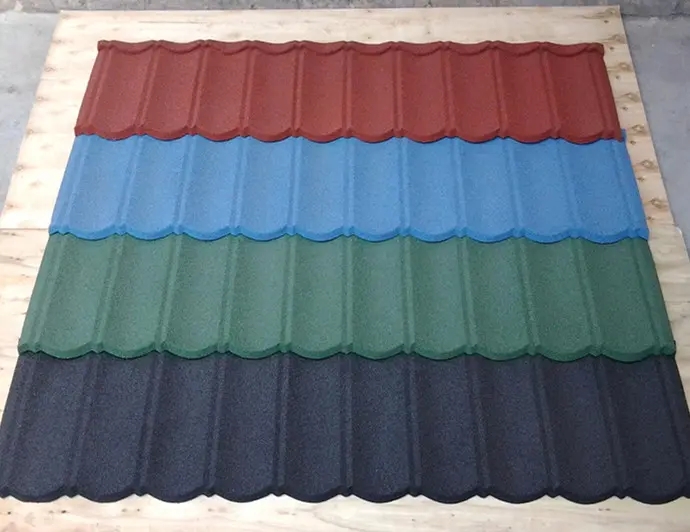
The Versatility of PU Sandwich Panel Machine
In the realm of modern construction and building materials, the PU sandwich panel machine stands out as an innovative solution that combines efficiency, durability, and versatility. With the increasing emphasis on energy efficiency and sustainable building practices, PU sandwich panels offer a range of benefits that make them an ideal choice for various applications. This article delves into the significance, functionalities, and advantages of using a PU sandwich panel machine in the manufacturing process.
What is a PU Sandwich Panel?
A PU sandwich panel consists of two outer layers of material, typically steel or aluminum, with a core made of polyurethane foam. This construction creates a composite material that is lightweight yet robust, providing excellent thermal insulation and fire safety. The polyurethane core offers exceptional insulating properties, making these panels suitable for a variety of climates and applications.
The Role of PU Sandwich Panel Machines
The PU sandwich panel machine plays a crucial role in the production of these panels. This sophisticated equipment automates the manufacturing process, ensuring high-quality output and enhanced efficiency. The machine typically includes multiple components, such as a roll forming system, a foaming system, and a cutting system. Together, these components work seamlessly to fabricate the sandwich panels at a rapid pace, catering to the demands of modern construction projects.
1. Roll Forming System This section of the machine shapes the outer layers of the panels into the desired profiles. By utilizing advanced technologies, the roll forming process ensures that the panels have consistent quality and precise dimensions.
2. Foaming System The heart of the PU sandwich panel machine is the foaming system, which injects liquid polyurethane into the space between the outer layers. As the foam expands and cures, it forms the insulating core of the panel. This system's precision is critical, as it directly impacts the thermal efficiency and structural integrity of the final product.
3. Cutting System After the panels are formed, they are cut to length by the cutting system. This ensures that the panels are ready for transportation and installation, reducing wastage and optimizing production time.

Advantages of Using PU Sandwich Panels
The adoption of PU sandwich panels in construction is driven by their myriad advantages
- Energy Efficiency With superior thermal insulation properties, PU sandwich panels help minimize energy consumption for heating and cooling buildings, resulting in lower utility bills and a reduced carbon footprint.
- Fire Resistance Many PU sandwich panels are designed to meet stringent fire safety standards, making them suitable for various applications, including commercial buildings and industrial facilities.
- Cost-Effectiveness The production efficiency of the PU sandwich panel machine translates to lower manufacturing costs. Additionally, the lightweight nature of the panels reduces transportation costs and simplifies installation.
- Durability The robust construction of PU sandwich panels ensures longevity and resistance to environmental factors such as moisture, pests, and temperature fluctuations.
- Design Flexibility PU sandwich panels can be customized in terms of color, finish, and thickness, allowing architects and builders to create visually appealing and functional structures that meet specific project requirements.
Conclusion
The PU sandwich panel machine has revolutionized the way construction materials are manufactured, offering a blend of efficiency and superior performance. As the construction industry continues to evolve, the demand for sustainable and energy-efficient building solutions is on the rise. The versatility and benefits of PU sandwich panels make them a favored choice for builders and architects alike. Investing in advanced PU sandwich panel machines not only boosts production capacity but also aligns with modern construction standards aimed at promoting sustainability and improved living conditions. As we move towards a greener future, the role of PU sandwich panels and their manufacturing processes will undoubtedly become even more significant.